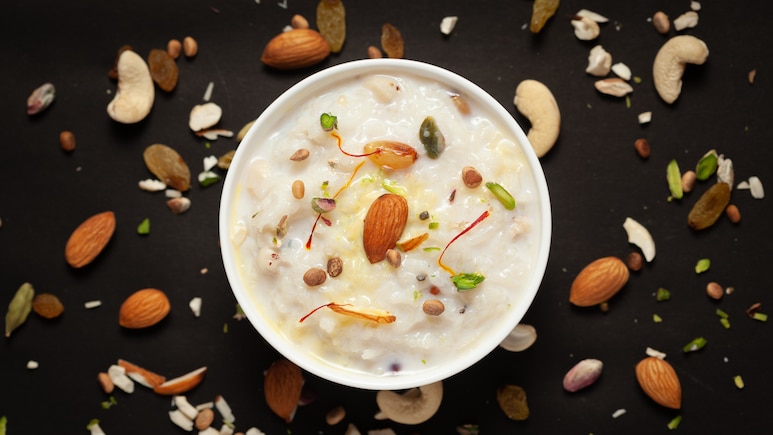
- On this day, devotees make an idol of Lord Govardhan from cow dung.
- The spirit is truly electric in Braj, Mathura,and Vrindavan.
- The bhog prepared for Lord Krishna follows sattvic cooking principles.
The glow of Diwali may be fading, but across India, kitchens are alive again with the sound of ladles clinking and ghee sizzling. The day after Diwali marks Govardhan Puja, also known as Annakut, one of the most sacred and food-filled days in the Hindu calendar. It falls on the first day of Kartik month and is celebrated with devotion, colour, and of course, a spread of offerings made for Lord Krishna. While the festival is observed nationwide, the spirit is truly electric in Braj, Mathura, Vrindavan, Nandgaon, Gokul, and Barsana - places deeply connected with Krishna's childhood stories. On this day, devotees make an idol of Lord Govardhan from cow dung, decorate it with flowers, and prepare an extravagant bhog made of multiple dishes. Cows are also worshipped, as they symbolise nourishment and life.
Also Read: 6 Quick Bhai Dooj Snacks You Can Make In Just 15 Minutes
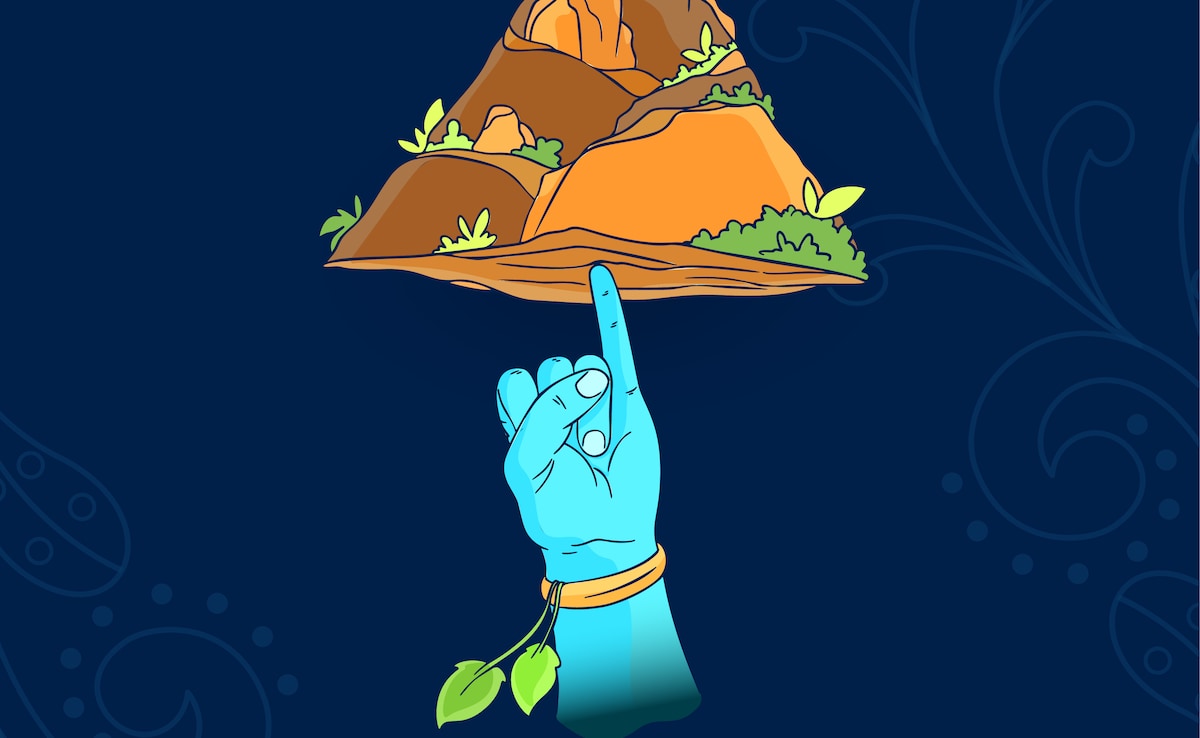
Govardhan Puja 2025 Date And Muhurat
The puja timings hold special meaning for devotees who perform rituals at the most auspicious hour.
According to drikpanchang.com:
Govardhan Puja Date: Tuesday, October 21, 2025
Evening Muhurat: 4:11 PM to 6:23 PM
Duration: 2 hours 11 minutes
Dyut Krida: Wednesday, October 22, 2025
Pratipada Tithi Starts: October 21, 2025, at 8:24 AM
Pratipada Tithi Ends: October 22, 2025, at 10:46 AM
Performing Govardhan Puja during this window is believed to invite peace, protection, and prosperity into one's home.
Story Of Govardhan Puja And Lord Krishna
According to Hindu mythology, Lord Krishna once asked the people of Braj to worship Mount Govardhan instead of Lord Indra. The act angered Indra, who responded by sending torrential rain upon Gokul. To protect the villagers and their cattle, Krishna lifted Mount Govardhan on his little finger and held it up for seven days, providing shelter to all.
This story became a symbol of devotion winning over ego, and a reminder that nature's power is above human pride. The festival continues to honour that act of protection and gratitude.
Also Read: How To Make Sattvik Lauki Ki Sabzi For Chhath Puja Fasting (Nahay Khay Special)
How Govardhan Puja Is Celebrated In India
Across India, the celebration takes on many forms. In Mathura and Vrindavan, grand Annakut feasts are organised in temples, where mounds of food symbolise Mount Govardhan itself. In Gujarat, devotees build miniature Govardhan hills using grains, jaggery, and sweets. In Maharashtra and Delhi, families decorate their courtyards, prepare small bhog thalis, and light diyas to mark the occasion.
Urban homes today celebrate with a modern twist-simpler offerings, smaller gatherings, but the same sense of devotion and gratitude that ties everyone to the story of Krishna and his mountain.
Meaning Of Annakut Bhog During Govardhan Puja
The word Annakut literally means "mountain of food", and the symbolism runs deep. It represents abundance, gratitude, and unity between humans and nature. Offering food to Lord Krishna is not just ritualistic-it is a way of thanking the Earth for its harvest and expressing faith through nourishment.
For devotees, every ladle of dal, every grain of rice, and every piece of vegetable offered is an act of love. The idea is simple: share what you have, and be grateful for what sustains you.
Why 56 Dishes Are Offered To Lord Krishna
The Chhappan Bhog, or offering of 56 dishes, is one of the most special traditions of Govardhan Puja. It is believed that when Krishna lifted Mount Govardhan, he did not eat or drink for seven days. After the rains stopped, Mother Yashoda and the villagers cooked a feast of 56 dishes to celebrate him.
Since then, devotees have continued this practice. Grains like wheat and rice, along with curries, vegetables, and sweets, are prepared as part of the bhog. While not every household prepares all 56 items, many make a few symbolic dishes to honour the ritual.
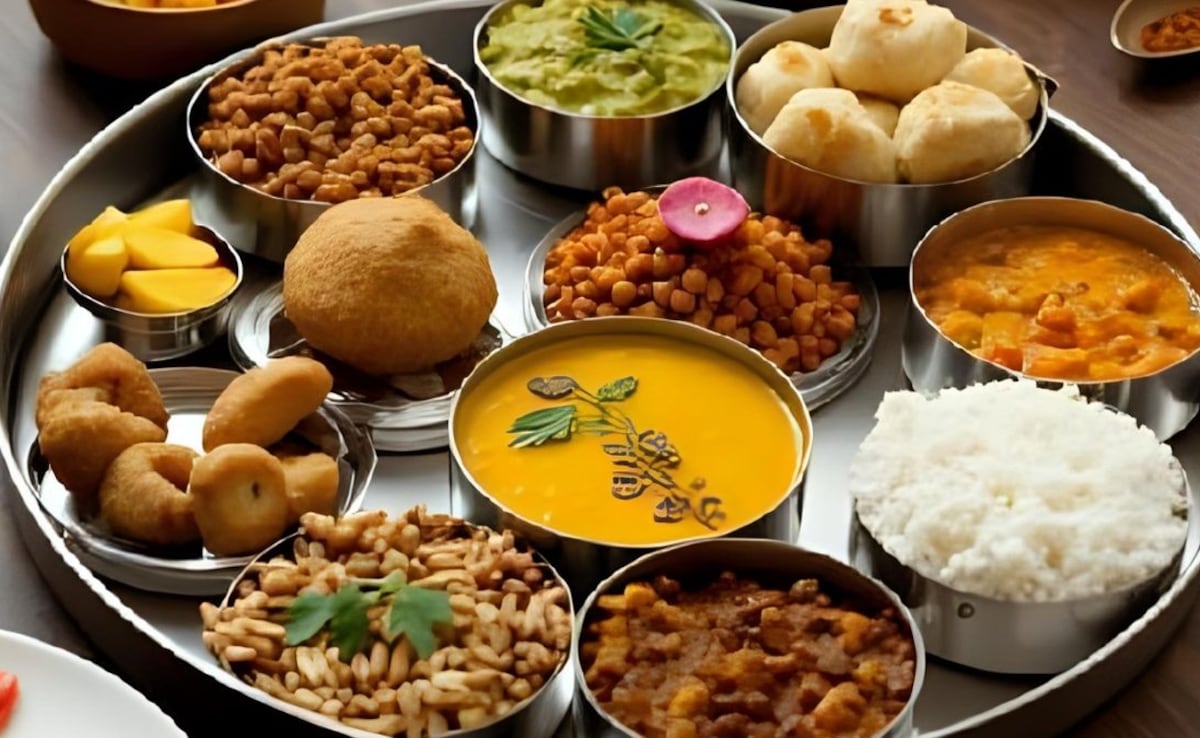
Photo Credit: Canva
10 Traditional Govardhan Puja Bhog Dishes
Every household adds its own touch to the bhog thali, but some recipes remain timeless.
1. Annakut Sabzi
Made with seasonal vegetables like brinjal, tinda, potatoes, peas, and beans, this mixed sabzi is cooked without onion or garlic. It is simple, hearty, and full of flavour.
2. Kadhi
A mildly spiced curry made from gram flour and yoghurt, kadhi adds a comforting balance to the festive spread.

Photo Credit: iStock
3. Puri
Golden, puffed, and deep-fried, puris are a must-have at any puja or festive meal. They pair beautifully with sabzi and kadhi.
4. Kheer
A creamy rice pudding made with milk, saffron, sugar, and cardamom, kheer is a classic sweet offering for Lord Krishna.
5. Pakora
Crispy fritters made from brinjal or potato add a crunchy element to the bhog thali.
6. Aloo Jeera
A light and fragrant potato dish tempered with cumin seeds and ghee, this one is easy to prepare and often included in festive thalis.
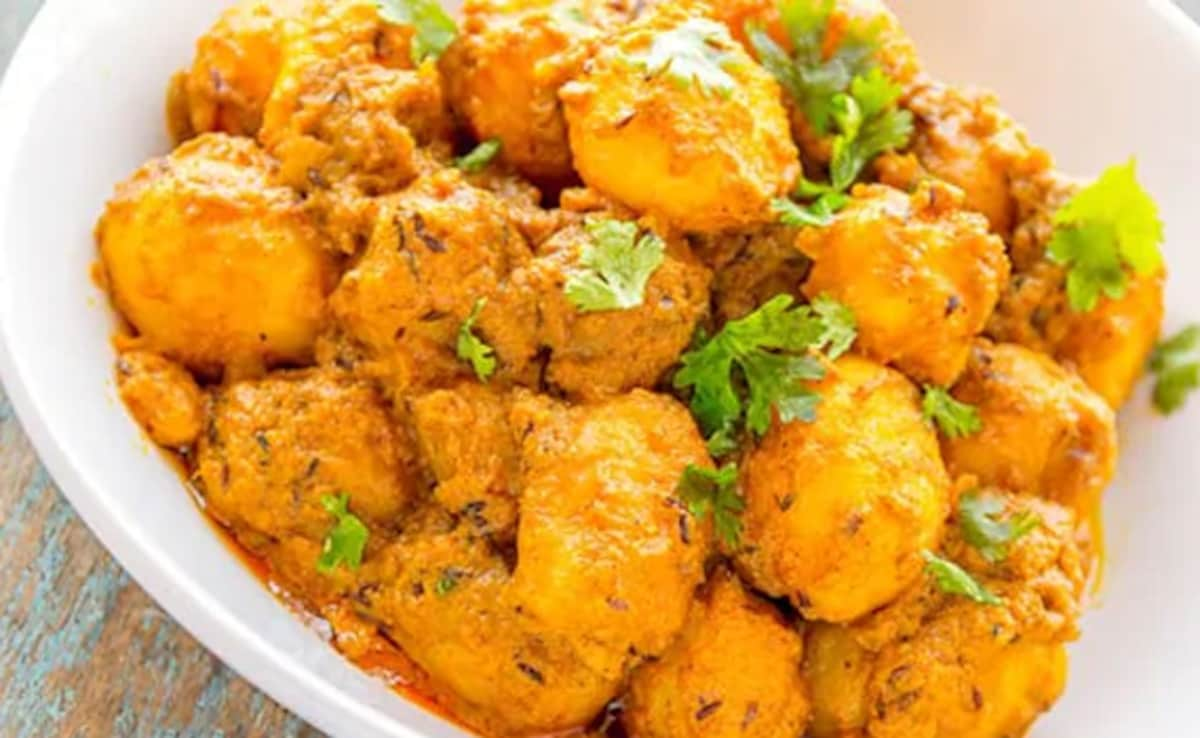
Photo Credit: iStock
7. Moong Dal Halwa
Prepared with ghee, split moong dal, sugar, and milk, this rich and aromatic dessert is another common bhog item.
8. Boondi Ladoo
Soft, melt-in-mouth ladoos made with gram flour and sugar syrup are considered auspicious and often part of any Krishna bhog.
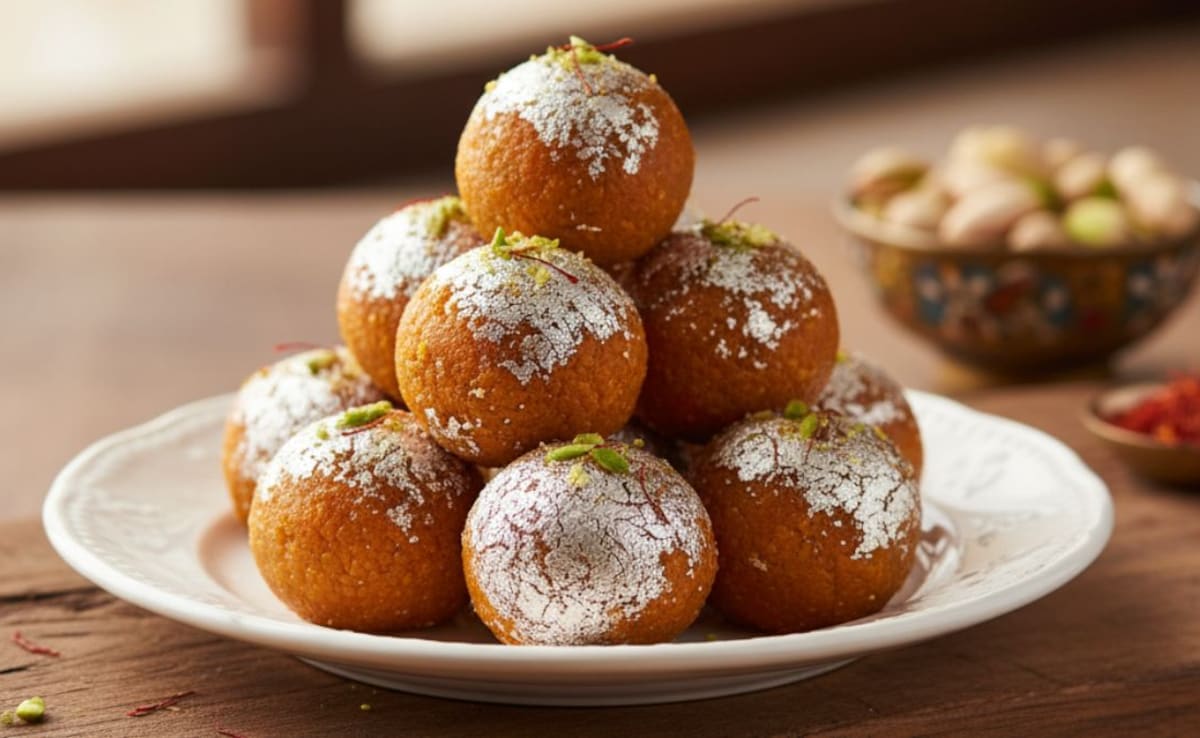
9. Sweet Rice (Meethe Chawal)
Cooked with saffron, cardamom, and a hint of cloves, this golden-hued rice dish brings sweetness and colour to the Annakut platter.
10. Dahi Vada
Soft lentil dumplings soaked in yoghurt and topped with mild spices make this a cooling, sattvic-friendly dish for the feast.
Sattvic Rules For Preparing Govardhan Puja Food
The bhog prepared for Lord Krishna follows sattvic cooking principles, meaning it is pure, balanced, and spiritually clean.
Here are some simple sattvic rules to follow:
- Avoid onion, garlic, and tamasic ingredients.
- Cook using pure ghee for aroma and sanctity.
- Prepare all food fresh and avoid leftovers.
- Do not taste food before offering it to the deity.
- These customs turn cooking into a mindful act of worship.
Easy Bhog Dishes You Can Prepare At Home
Preparing all 56 dishes may not be possible for everyone, but you can still celebrate the festival meaningfully. Simple items like puri, kheer, sabzi, or halwa can be prepared and offered with devotion.
Sweets like rasgulla, laddu, and sooji halwa also make wonderful additions to the thali. Whether small or elaborate, the offering reflects gratitude and faith. Govardhan Puja, after all, celebrates the simple truth that food made with love is the most divine offering of all.
Track Latest News Live on NDTV.com and get news updates from India and around the world

